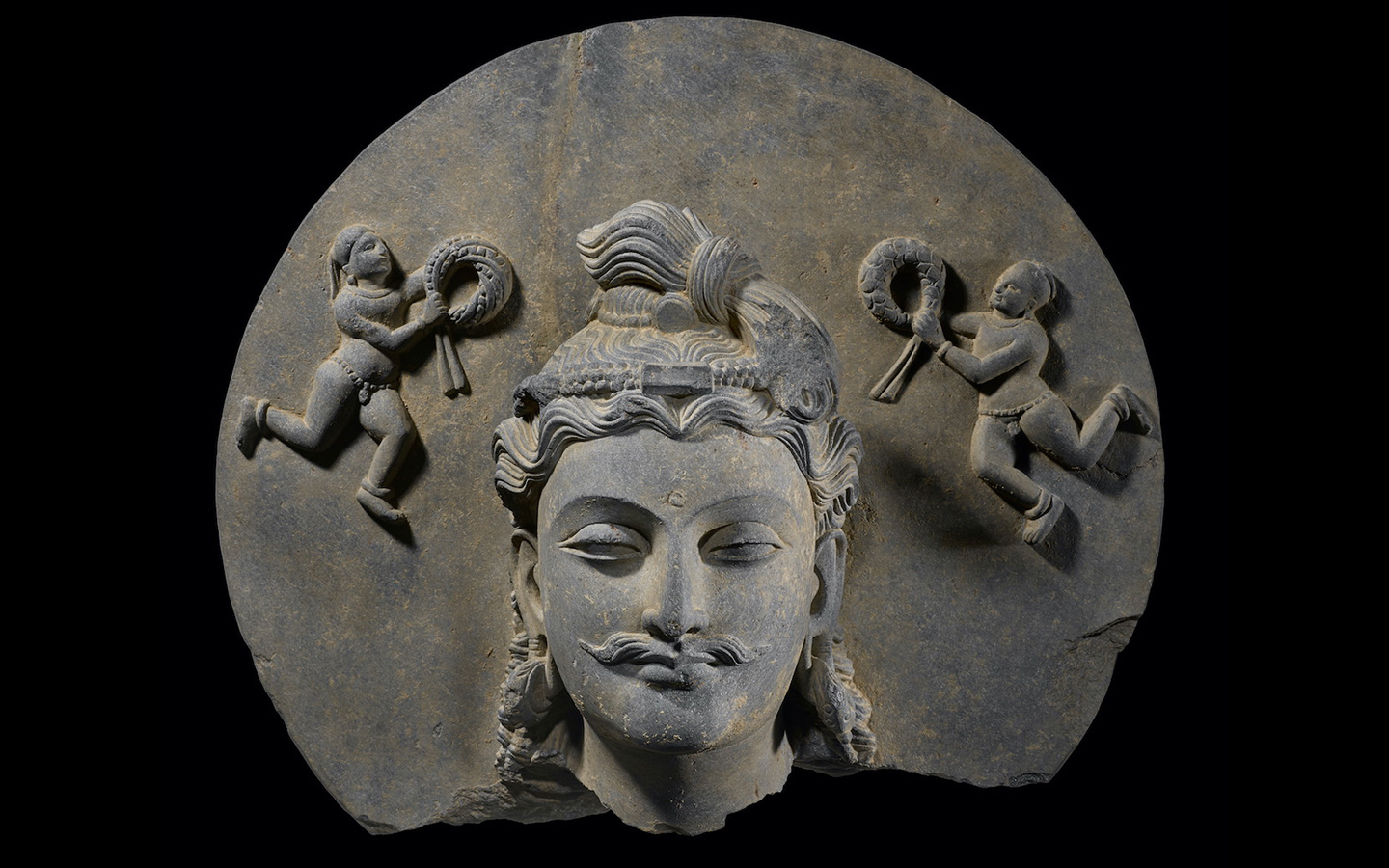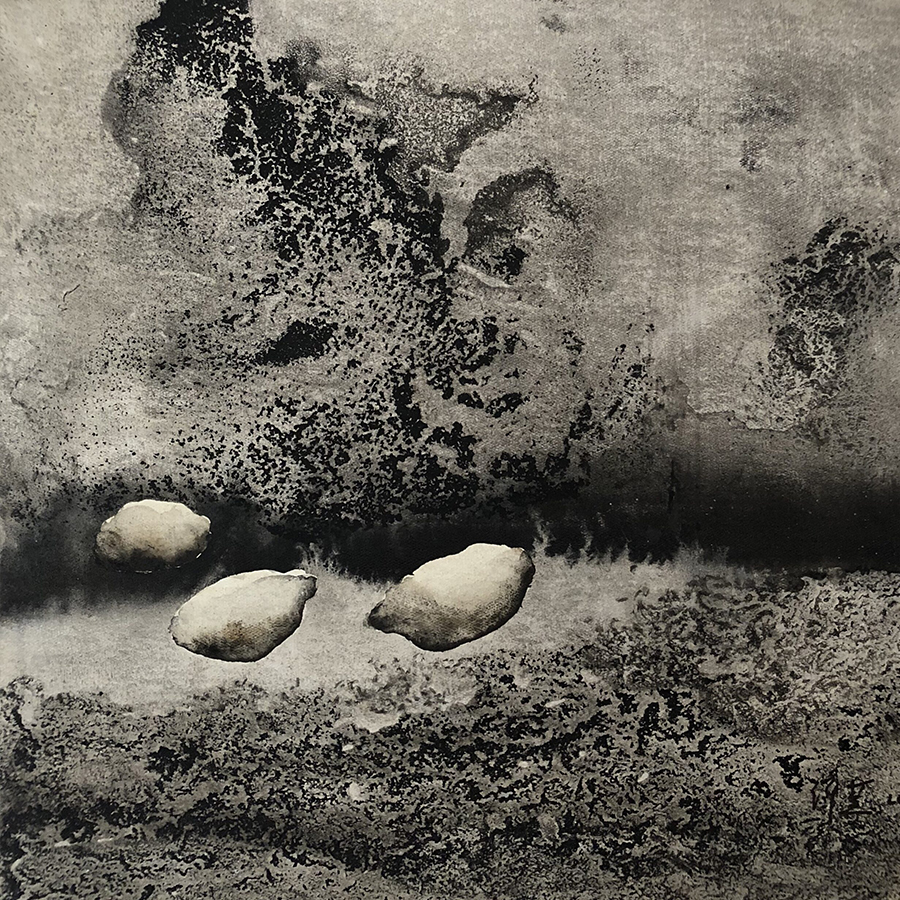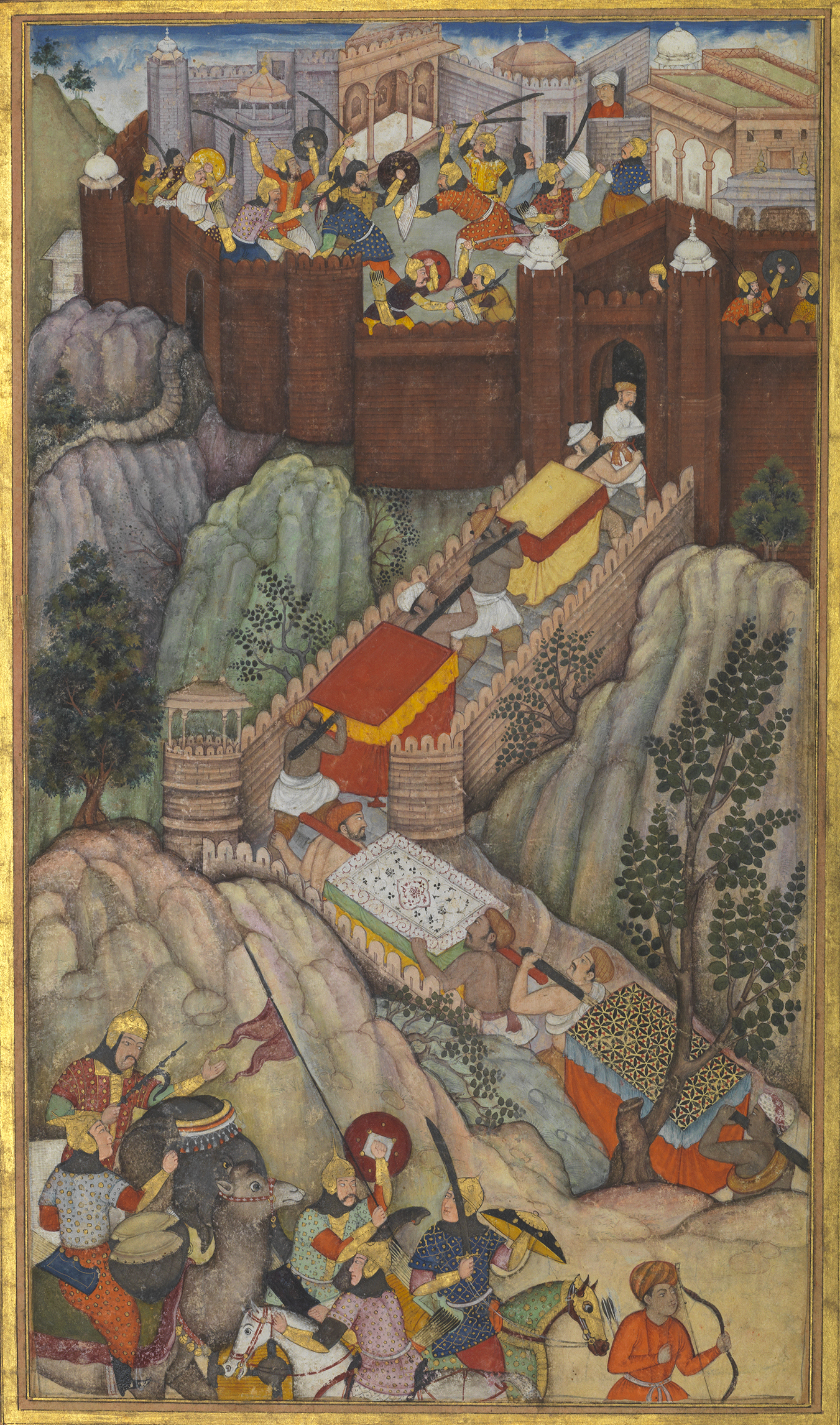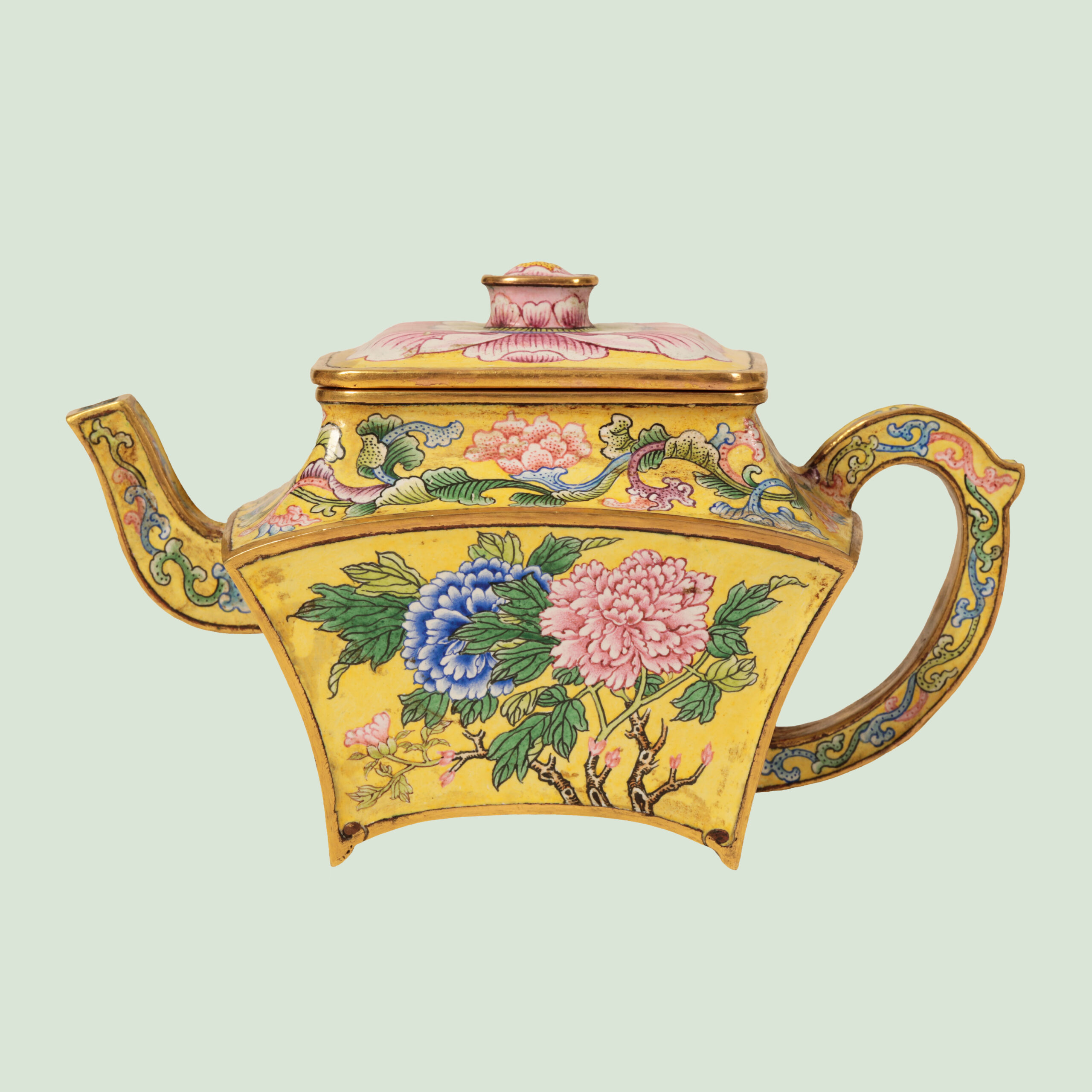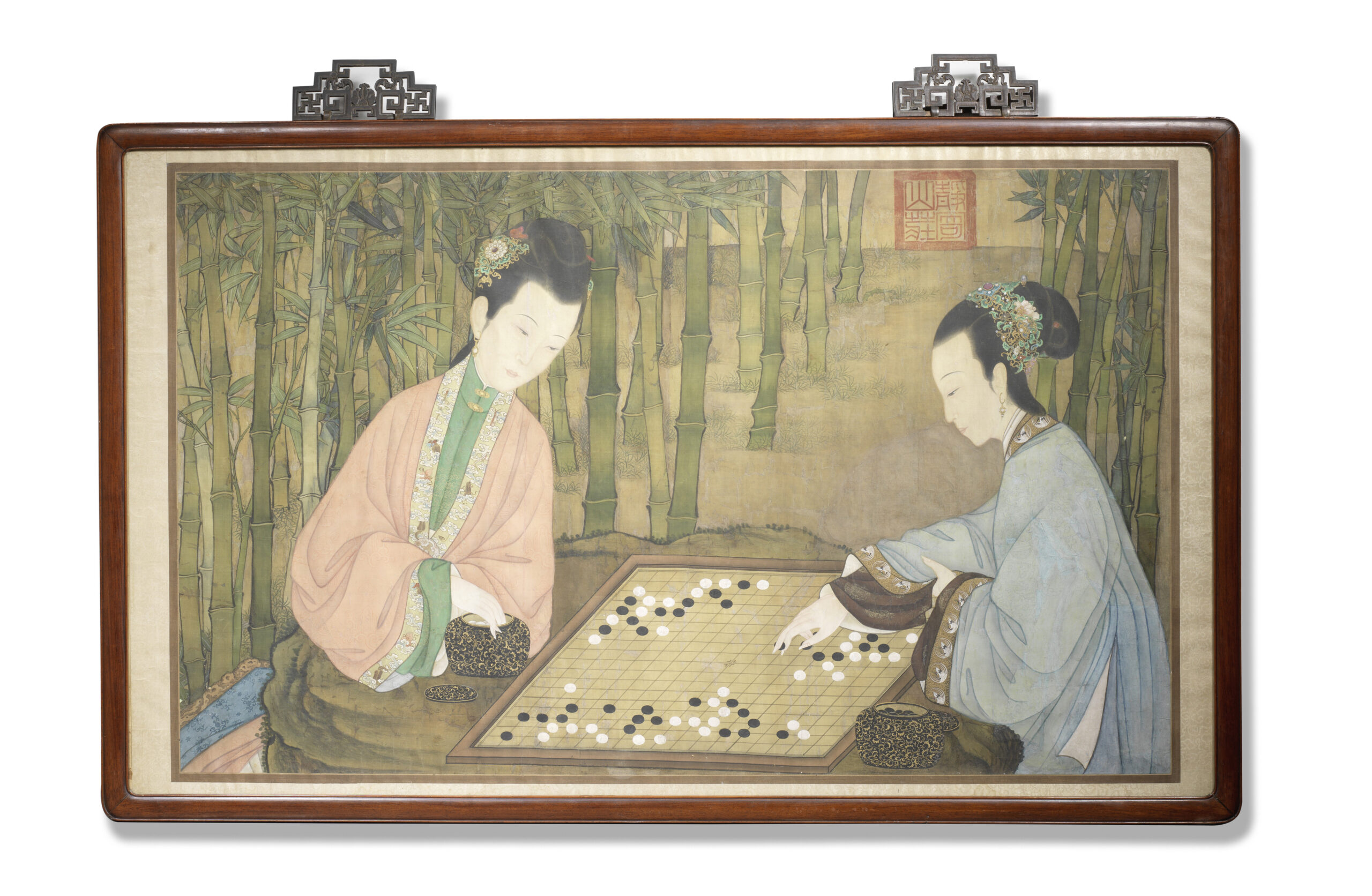James Lin
D. Phil in Chinese Art & Archaeology, Oxford University
Senior Assistant Keeper, Department of Applied Arts, Fitzwilliam Museum, Cambridge
Guest curator at National Museum, Liverpool (September 2016-February 2018)
Christensen Fellow of Michael Sullivan Chinese Painting Gallery, Ashmolean Museum, Oxford (November 2002-August 2004)
Special Assistant for Chinese Jade gallery installation, The British Museum, London (June-November 2002)
This stunning head of the future Buddha, Maitreya (3rd-4th century) caught my attention. The life size sculpture with realistic depiction of features, such as curly hair and moustache, reflects the strong influence of Greek sculptures. Two little figures holding crowns on each side of the head of Maitreya remind us of the messengers of the gods in Greek art. The crown made of laurel in Greek art represents glory and victory. The messengers, crown, as well as the face of Maitreya, have adopted local features. This Gandhara sculpture plays an important role in religious and cultural exchanges. The Greek features were subsequently transferred to China with the spread of Buddhism. Therefore, similar designs and art forms from Gandhara can be observed in Buddhist sculptures from Qingzhou, Shandong and mural paintings in the Dunhuang caves, although the facial features of Buddha have become more Chinese and the messengers have morphed into flying apsaras, which are spreading flowers or playing musical instruments.
This sculpture is not only beautifully carved, but also conveys important information that religion and art need to adopt local features in order to be accepted by different regions. However, the original meanings might be lost in this transfer from one culture to another and eventually reinterpreted by the new culture. This sculpture links Greece, Gandhara and China and tells an interesting story, which is the reason I selected it as my favourite.
My Selection
Michael Goedhuis
Li Chevalier 诗蓝
Anti-history, 2019
Ink and mixed media on canvas
100 x 100 cm (39 ³/₈ x 39 ³/₈ inches)
Forge & Lynch
Sher Khan Sur’s capture of Rohtasgarh Fort in 1538 A.D.
Leaf from the ‘Third’ Akbarnama,
Ascribed to the artists La’l, Dhanu and Khimkaran,
Mughal India, 1595-1600 A.D.
Opaque watercolour and gold on paper, laid down on card,
30.5 by 18 cm., 12 by 7 1/8 in. painting;
36 by 23.5 cm., 14 1/8 by 9 ¼ in. folio
Duke’s Auctioneers
A Fine Beijing Enamel, Yellow Ground Wine Pot
Yellow ground wine pot, with a Qianlong four character mark
Bonhams
A Large Court Painting of Ladies Playing Chess,
18th century,
Including the frame: 155cm (61in) wide x 99cm (39in) high.

